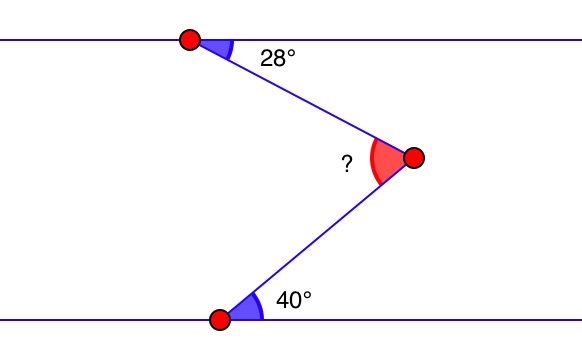Geometry And Discrete Mathematics 12th

• Strong emphasis on reading and writing proofs – Illustrates most proofs of theorems with annotated figures to provide additional explanation and insight into the proofs. • Extensive discussion of algorithms, recursive algorithms, and the analysis of algorithms – The algorithms are written in a flexible form of pseudocode, which resembles currently popular languages such as C, C++, and Java. • Over 500 worked examples throughout the text. • Over 3500 exercises – Approximately one third have answers at the back of the book. • Extensive applications with an emphasis on computer science. • Emphasis on the interplay among the various topics – For example, mathematical induction is closely tied to recursive algorithms; the Fibonacci sequence is used in the analysis of the Euclidean algorithm; many exercises throughout the book require mathematical induction; demonstrations of how to characterize the components of a graph by defining an equivalence relation on the set of vertices; and more. • Figures and tables – Illustrate concepts, show how algorithms work, elucidate proofs, and motivate the material.
Figure captions provide additional explanation and insight into figures accompanying proofs. • Summaries of the mathematical and algorithm notation used in the book on the inside covers. Motorsolve software crack forum.
Among the fields covered by Discrete Mathematics are graph and hypergraph theory, enumeration, coding theory, block designs, the combinatorics of partially ordered sets, extremal set theory, matroid theory, algebraic combinatorics, discrete geometry, matrices, and discrete probability theory. A long-standing topic in discrete geometry is tiling of the plane. Computational geometry applies algorithms to geometrical problems. Biggs (2002-12-19). Discrete Mathematics. Oxford University Press.
• Increased number of examples and exercises throughout: – Also expands discussion and adds motivation for most of the examples. – More examples and exercises are included to highlight common errors • Expanded treatment of problem solving: – Problem-Solving Tips sections include expanded advice and examples on how to do proofs, how to write up proofs, and common errors in proofs. – Two new Problem-Solving Corners have been added, one on quantifiers, the other on proofs (see Proving Some Properties of Real Numbers). • Expanded discussion of proof writing: – Sections 2.1 and 2.2 are new extended sections on mathematical systems and proof techniques. – There are expanded subsections on proofs of equivalence and existence proofs (including constructive and nonconstructive existence proofs). – Nearly every proof is preceded by a Discussion section and/or accompanied by a figure.
Reorganization of introductory chapters: – The first chapter from the previous edition (Logic and Proofs) has been divided into two chapters – Logic (Chapter 1) and Proofs (Chapter 2). – Except for the section on sets, Chapters 2 (The Language of Mathematics) and 3 (Relations) in the sixth edition have been combined into Chapter 3 (Functions, Sequences, and Relations) in this revision.

• Earlier introduction of sets – Now the first section of the book. – Permits the use of set terminology throughout the book. – Makes sets available for proofs in examples and exercises, thus providing more interesting examples earlier than in the previous editions. • Content-specific changes: – The description and notation for integers ( Z, Z +, Z −, Z nonneg), rational numbers (with Z replaced by Q), and real numbers (with Z replaced by R) are introduced early (in Section 1.1, Sets). – Proofs, rather than sketches of proofs as in the sixth edition, are provided for Theorems 5.1.17 and 5.1.22, which give the greatest common divisor and least common multiple of two integers given their prime factorizations. – Recursive algorithms are given (Algorithms 5.3.9 and 5.3.10) to compute the greatest common divisor of two integers a and b, gcd( a, b), and to compute integers s and t satisfying gcd( a, b) = sa + tb. – The Inclusion-Exclusion Principle has been added to Section 6.1.